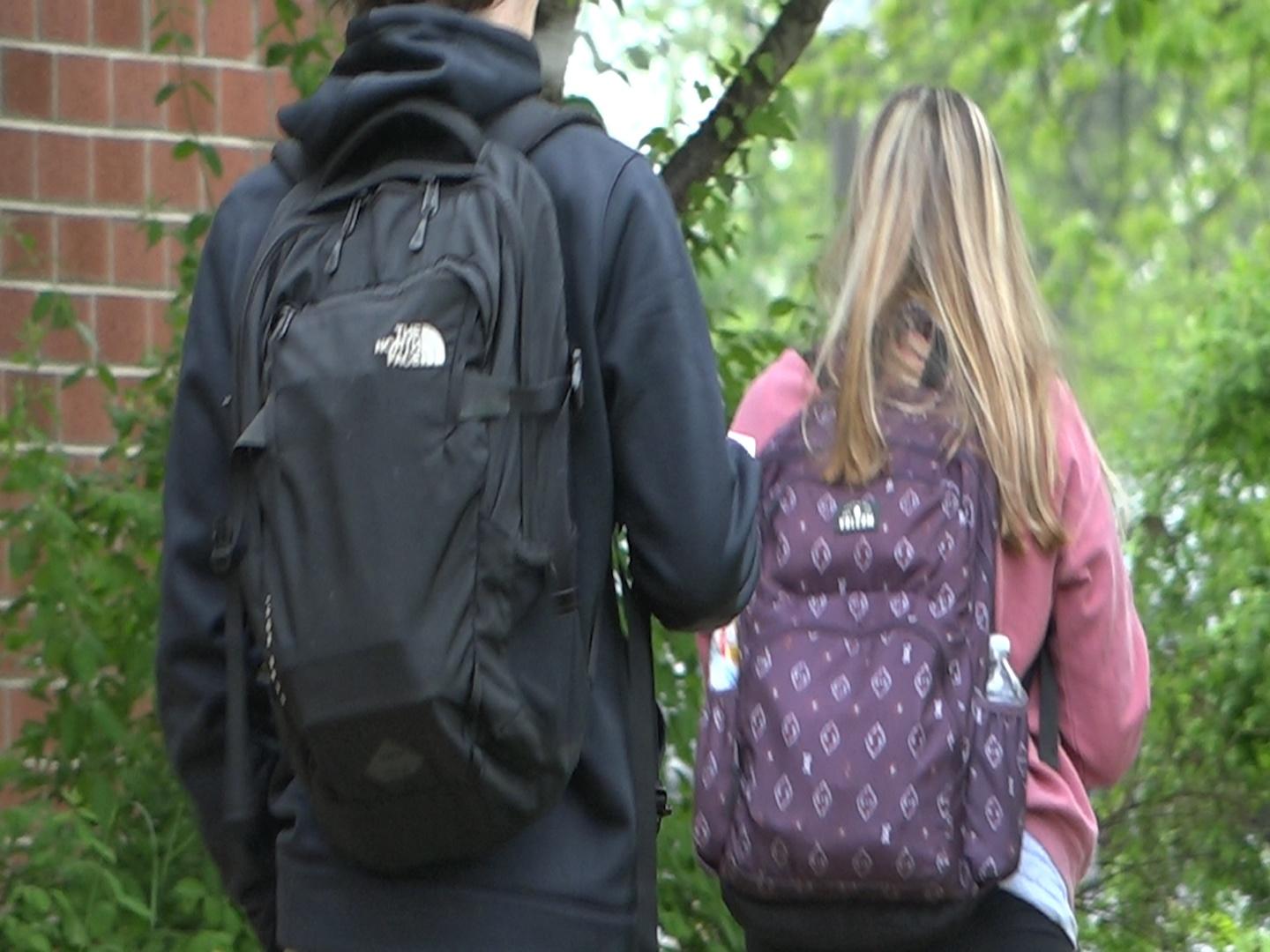BETHLEHEM, PA - “Students are having to choose between books or food and that’s a true problem today.”
Here at Northampton Community College, 20% of NCC students go hungry on a regular basis...
“Sometimes students come in with their head down, and they’re ashamed of the fact that they have to come here for help,” says Antoinette Diamond, a student at NCC, “But after talking to them and letting them know it’s okay, you’re not the only one, even though we run the pantry, sometimes we have to use it too ourselves.”
After learning of this devastating reality, members of the Nursing Student Organization worked for over a year to establish an on campus food pantry; open to anyone with a valid NCC student ID. Tammy Haight, who is a coordinator at H.O.P.E. Pantry says, “We not only take care of the student but we take care of their families. So, if the student is living with an aunt, a sister, children, we’re there for them as well.”
Today, the H.O.P.E. Pantry has served thousands of students; helping them get the food they need to eat, focus and graduate from college. “HOPE stands for helping our peers excel, and that came from our students, nursing students, who just were listening to their peers around campus they really felt as though there was a need for a food pantry,” explains Associate professor of Nursing at NCC, Andrea Corrado, “Peers weren’t having enough food and it was very problematic. So nursing students got together and hey this is a great idea, let’s start a food pantry.”
NCC is just one college taking aim at a food insecurity crisis on campus. But a recent study from Temple University’s Hope Center revealed that nearly half of students surveyed are worried about running out of food..
“What this tells us is that college in 2019 is not the same as college in the 1950's. The cost of college is increased, there are not the same supports and while in perhaps the 50's or 60's people in previous generations could work full time really hard for a summer and then pay for the following semester, they can just no longer do that,” says Elizabeth Looker. She is one of the five researchers behind The Hope Center at Temple University’s report, “College and University Basic Needs insecurity,” the country’s largest annual assessment of basic needs security among college students. She says as college students navigate rising costs of higher education, researchers found that 45% of the nearly 86 thousand students surveyed were food insecure in the last 30 days.
Looker explains that “sometimes students who are working many hours, maybe multiple jobs, their work schedule is not flexible enough to be aligned with their class schedule and so they made need to skip classes in order to make enough money to pay for the house that they need to live in. And so we see the possibility of a lot of negative effects on the student’s academic experiences simply because they’re trying to have enough food to eat.”
On top of that, the national real college survey report revealed the great equalizer that is education, isn’t entirely that equal for students facing different circumstances when they take those first steps on campus. “We find that students who are traditionally marginalized in this country, are further marginalized when it comes to basic needs insecurity,” explains Looker, “and so students who have experience in the foster care system, students who served in the military, LGBTQ students all experience these basic needs insecurities at higher rates.”
And while campus pantries are increasingly common, experts worry other supports to promote economic security are not...and use of public assistance programs is low among students in higher education. The HOPE Center’s report shows estimated 57% of students at risk of going hungry that are eligible for Supplemental Nutrition Assistance Program, SNAP or food stamps, do not collect those benefits. Maryann Haytmanek, the Director of the New Choices/New Options Programs at NCC tells PBS39, “A student might choose to buy a textbook rather than buy food for their family…and I’ll say you might be eligible for food stamps...Sometimes they’ll look a little curious and say oh well I didn’t think single people were eligible for food stamps or you know, we make too much money, or they’re of an age where they think they can’t apply, or they’re still living at home but if they’re over 22 they can apply on their own.”
But researchers say there are multiple things that can be done to help alleviate this crisis. “One is looking at the cost of college. The cost of college continues to increase, and the cost of living is increasing but we are not giving supports to students to meet those needs and when we look at the cost of college there is the challenge of tuition,” explains Looker; “But there is also the expense for housing, for food, for course materials and often, those other needs are not factored in when students are given their financial aid packages. So there really is a need to factor in how much college costs and re-examine what we are expecting students and their families across the country to contribute.”
At NCC, it’s short term assistance that they want to encourage in order to foster long-term, sustainable independence.We just want them to know it’s okay to ask for help and take help. That, you know, we’re not here to judge you. We’re just here to help you and we know sometimes making a decision of you know, do I buy my book or do I save my money and you know, get groceries for the week, or do I save my money because I need something as simple as lotion?” says Diamond, “We’re here to just help. And it’s okay to take help.”
Campus Hunger
by
Published on
• Last modified on
•
Comments

New Temple University report looks into food insecurity on campus.
Credit



